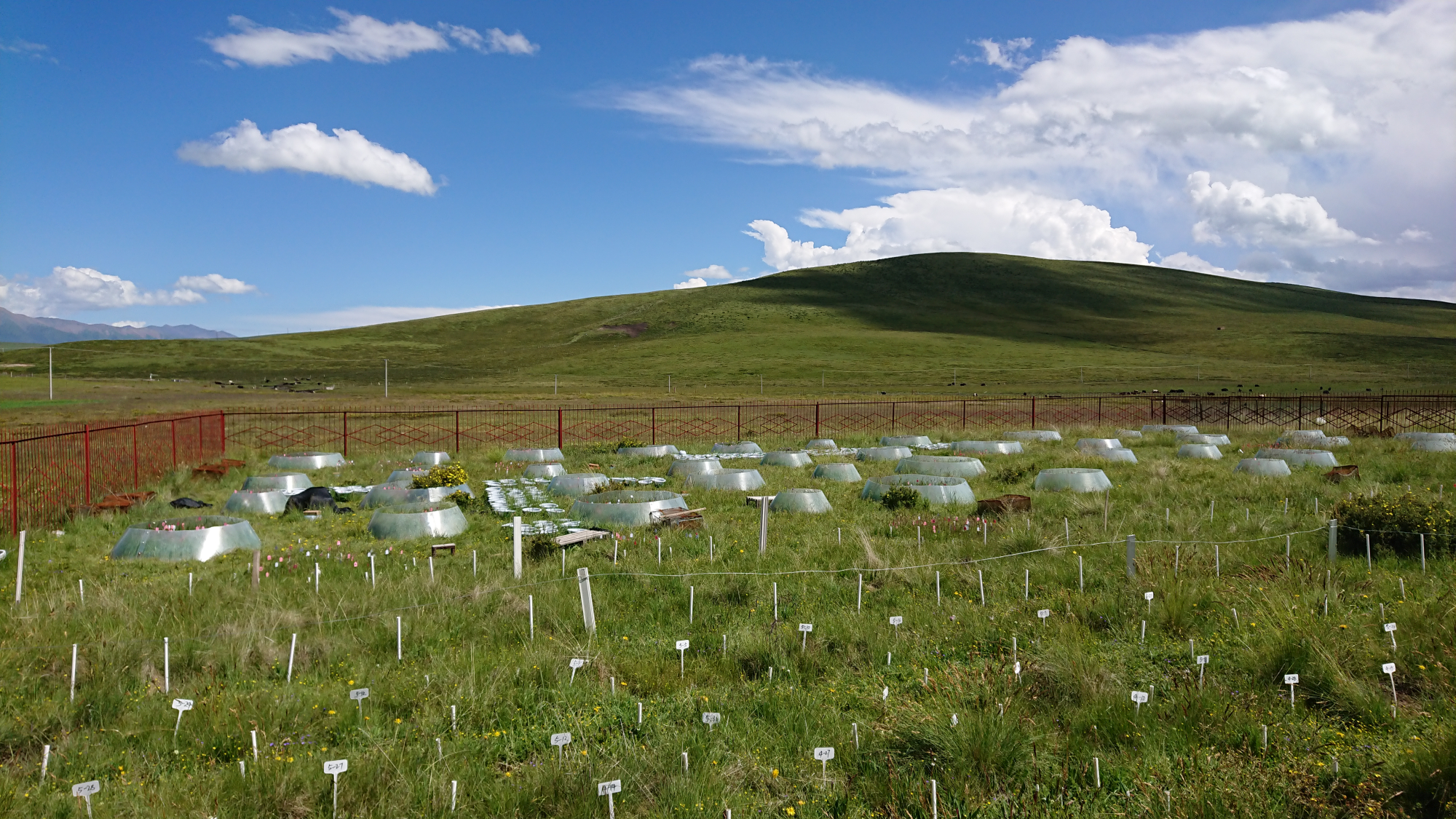Dr. Christian Rixen - CN

What made you decide to apply for a grant at the Leading House Asia?
I study Arctic and alpine plants under climate change, and many projects involve interesting international collaborations. There is, however, always a strong bias in field sites towards Europe and North America.
This call was a chance to better connect with Chinese colleagues, include them in our research projects and put more dots with data points on the map in Asia, which is often void.
How did you secure a research partner?
I had met my Chinese colleague Jin-Sheng He at a meeting and knew that he maintained an excellent research site, Haibei station, in the Eastern Tibetan plateau that would be highly suitable for our collaboration. I contacted him by email, and he agreed right away that applying for this call would be a great idea.
How would you describe your experience of the programme?
Probably the most amazing experience was the dimension of the research site and Haibei station. In Europe I am used to relatively small experimental set-ups, e.g. warming chambers, in an alpine setting. At Haibei station in China however large areas were covered with sophisticated experiments (experimental warming, drought, grazing etc.). The site looks like, and is in fact, a huge ecological experimental research site with an amazing organization. Local shepherds are employed to work for science, which they happily do because this job pays better than shepherding. Haibei station is a truly amazing research facility out in the highlands of the Tibetan plateau.
What role did the Leading House Asia play in the programme?
The Leading House Asia was very supportive and unbureaucratic the entire time. I am extremely grateful for their support in this project.
What were the impacts you made through the project/partners/individual?
The most immediate impact of the research stay at Haibei station was that we were able to collect data for numerous international projects, which means that we made the data gap in Asia a bit smaller
In the longer term, the data from China went into a number of manuscripts and papers, which made the scientific output of the international collaborations more valuable.
But probably most important is collaboration that sparked from the initiation of the bridging grant from the Leading House Asia. Encouraged by the positive experiences in China, I intensified collaboration with other Chinese colleagues who were not initially part of the Bridging grant project. For instance, my colleague Shengwei Zong from Northeast Normal University was interested to carry out research at multiple site in China that paralleled our initiative at Haibei station. Finally, Shengwei even came for a one-year sabbatical to my institute in Switzerland, which was very fruitful and fun.
Testimonial: what were your personal experiences/thoughts on the bilateral cooperation experience?
The travel to China was extremely exciting, “exotic” and rewarding. I could see research in my own field was done in China and was extremely impressed. Collaborating with China is of course an experience that does not only involve cultural differences, exotic food and language barriers. The support from the Leading House Asia encouraged me to enhance collaborations with Chinese colleagues.